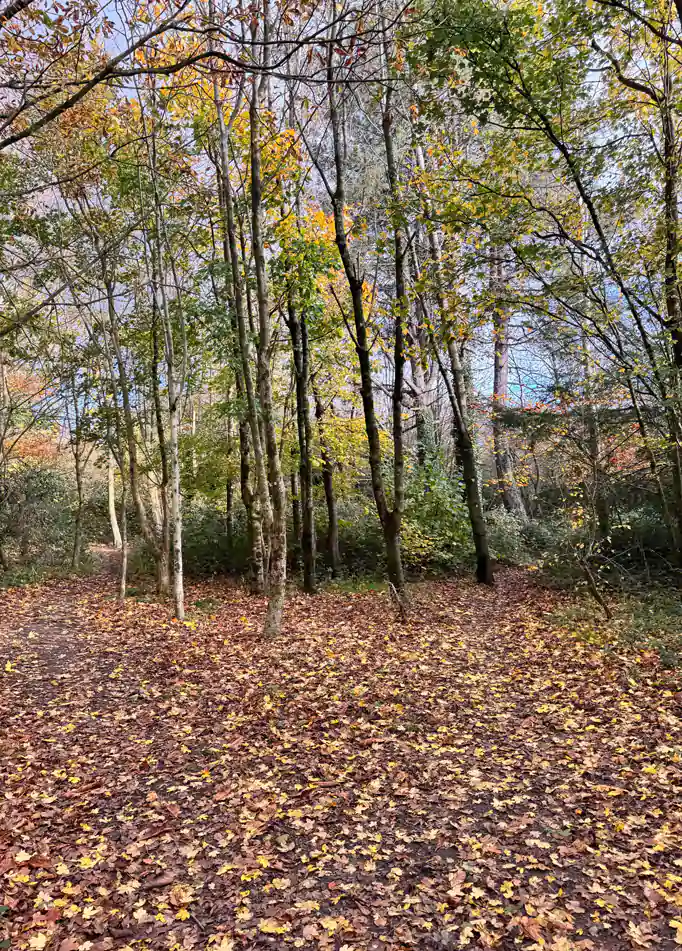Fly-tipping in Three Cornered Copse
As featured in The Hovarian magazine, December 2025.
Fly-tipping is one of those unfortunate signs of modern life — it creates extra work for the council, spoils our local environment, and leaves behind a trail of mess and harmful materials. Sadly, the latest victim of this blight has been Three Cornered Copse.

Over the years, there have been plenty of cases of fly-tipping in the copse. Most are small-scale — the odd load of green waste, old fencing, or rubble added to the vegetation by nearby gardeners. It’s still illegal, of course, but at least a little less offensive than full-scale dumping. Even so, the council’s enforcement team has had to visit the occasional unwitting ofFender to remind them where the law stands.
According to the council’s website:
“We’ll aim to collect a fly-tip on public land within two days of it being reported. If the fly-tip is on private land, it’s the landowner’s responsibility to remove it.”
In this case, though, things took rather longer. Although Three Cornered Copse is public land, the recent incident took over two months to clear. At the northern edge of the woodland, near King George VI Avenue, there were signs of a small encampment — perhaps a reflection of the straitened times some people are facing.
A few members of the Friends of Three Cornered Copse rolled up their sleeves and cleared the deserted site themselves, hauling everything out of the woodland, and photographing the rubbish for the environment team. Among the dumped material were three supermarket trolleys (two Waitrose, one Tesco), many bags of old clothing and blankets, electrical waste, two guitars, and even what looked like a section of plastic sewer pipe.
The council’s environment team explained that they don’
t collect supermarket trolleys and suggested we contact Trolleywise, a service run by Wanzl that specialises in retrieving them. At the time of writing, the trolleys are still waiting to be collected — but thanks to the council’s environment team and our local councillors, the rest of the rubbish has now gone.
Now, as autumn slips into winter, the season of mud has arrived in the copse — a far cry from the parched ground of early summer. With luck, we’ll soon see some bright, crisp days and maybe even a dusting of snow. If we do, it’s the perfect time for a walk through Hove’s largest woodland.
Wishing everyone a very peaceful Christmas, from The Friends of Three Cornered Copse.
Simon Baxendale
